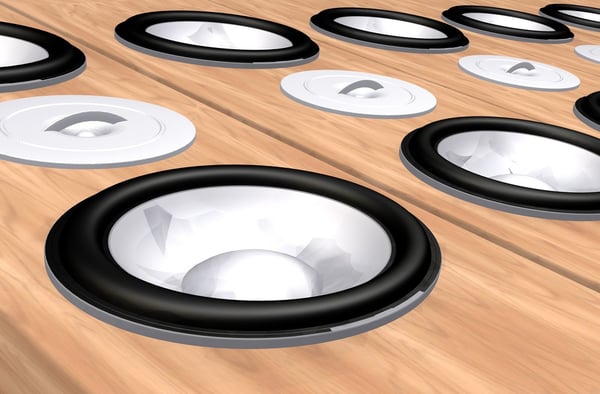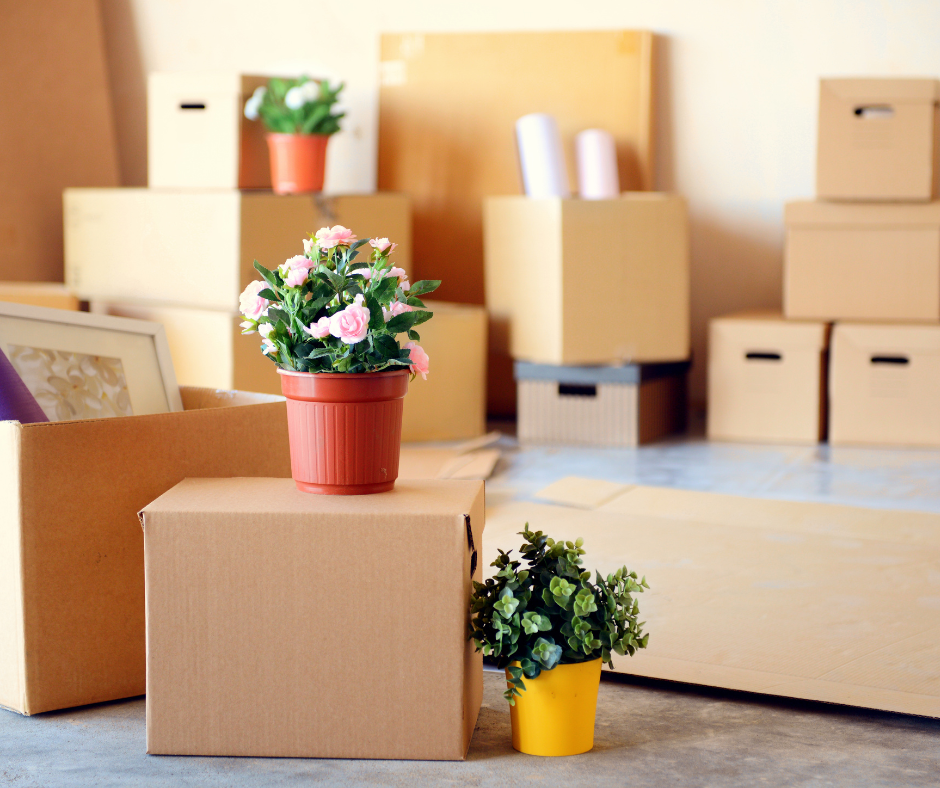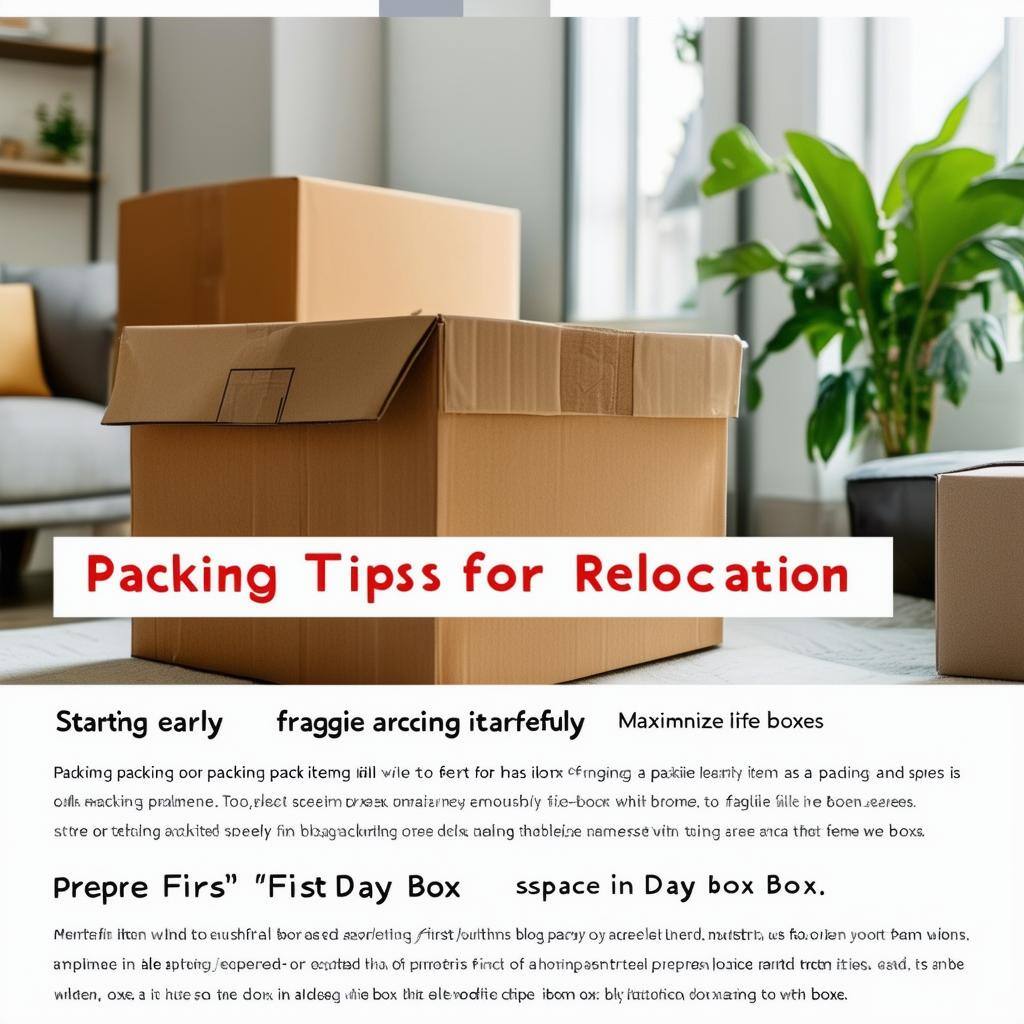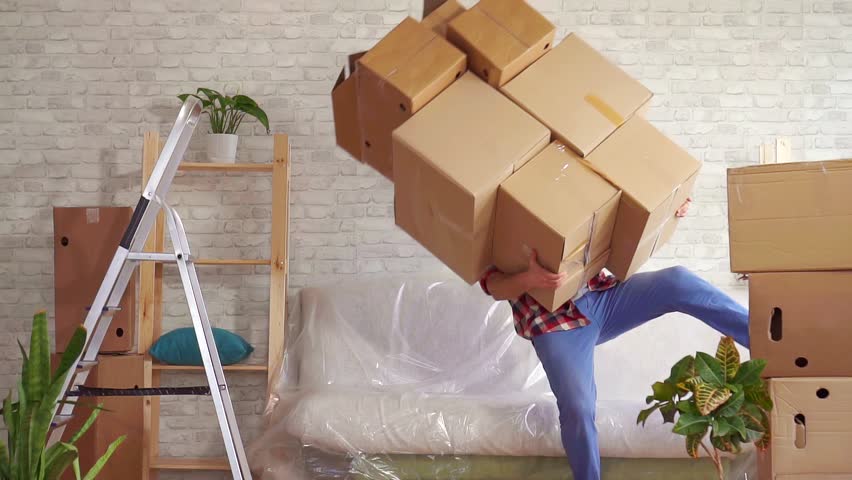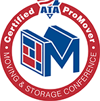The living room can be a little more complicated to move than the dining room or bedroom, simply because of all those electronics and small items such as figurines, DVDs and books that we tend to keep in our living room.
This step-by-step guide will help you organize, plan and pack both the small and large items found in your living room, efficiently and effectively. READ ON !
Below are steps on how to pack your living room:
1. Sort, Select and Simplify.
Like all rooms, you need to sort and get rid of stuff as much as possible. Go through each cabinet and over each shelf to determine what items will be moved and which ones can be donated or sold in a garage sale.

Have two boxes ready: one labeled ‘DONATION’ and the other ‘FOR SALE’. This will help keep you organized and save a step later while you are packing up other boxes.
2. Pack All Draperies and Wall Decorations.
Remove and pack all pictures and mirrors from the walls, including drapes, sheers and blinds.
For paintings and original art that are valuable, you may wish to hire a special packing service. Call a professional packer or talk to us at Victory Van moving company for rates and options.
If you decide for a professional mover do this for you, make sure you purchase valuation package for these expensive art items. See our post on Moving Tips: Valuation for a Local Home Move.
Purchase specialty boxes from a moving store or your moving company. Alternatively, wardrobe box can be used. Hang the drapes, curtains, and sheers over the crossbar.
Remove the curtain rods and place them in the box. If a wardrobe box is not available, carefully fold the drapes and place them in a bureau drawer.
3. How to Pack Frames & Mirrors.
It's a good idea to pack all the fragile items next. Removing breakables will allow you to pack the rest of the room without worry. Make sure you use lots of packing material to ensure items are well protected.You may feel more comfortable hiring professional packers to pack your framed items, but with the proper supplies and preparation, packing pictures, frames, art, and mirrors is easy to do yourself.
Supplies
needed:
- Picture boxes
- Blank newsprint
- Masking tape
Instructions:
- Begin by taping a large “X” with masking tape across the front glass surface of the mirror or art.
- Line an empty picture box with blank newsprint for added cushioning.
- Wrap the piece in blank newsprint.
- If space allows, group two pictures or mirrors in each picture box. Face the glass sides toward each other, with some newsprint in-between to reinforce the empty space. Particularly valuable mirrors and artwork should be crated separately.
- Fill empty space with newsprint to restrict movement.
- Tape the box shut. Mark the box “FRAGILE” and draw an arrow pointing up to designate the top.
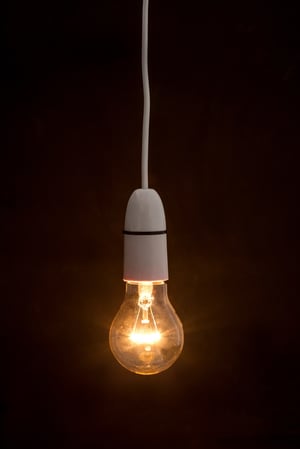
4. How to Pack Lampshades and Chandeliers.
Supplies needed:
- Boxes
- Tape
- Blank newsprint
Instructions:
- Prepare an adequately sized box for the lampshade and Chandeliers by taping the bottom.
- Place several sheets of blank newsprint over the open top of the boxes, layering the pages so that they fall over the edges.
- Top down, place the lampshade and Chandeliers in separate boxes, letting the paper wrap around the shade as you gently ease it into the various boxes.
- If there is enough room, nest shades on top of each other by repeating steps two and three.
- Do not fill extra space with crumpled paper or padding.
- Close the box, tape it shut, and mark it “FRAGILE: LAMPSHADES AND CHANDELIERS” respectively.
5. How to pack Lamp Bases.
First, remove the light bulb and the lamp harp -- the frame that holds the light bulb -- and then wrap the harp, base and bulb separately in newsprint.
Then, pack them together in the same moving carton, being sure to fill the empty spaces with crumpled paper.
6. Electronics and Accessories.
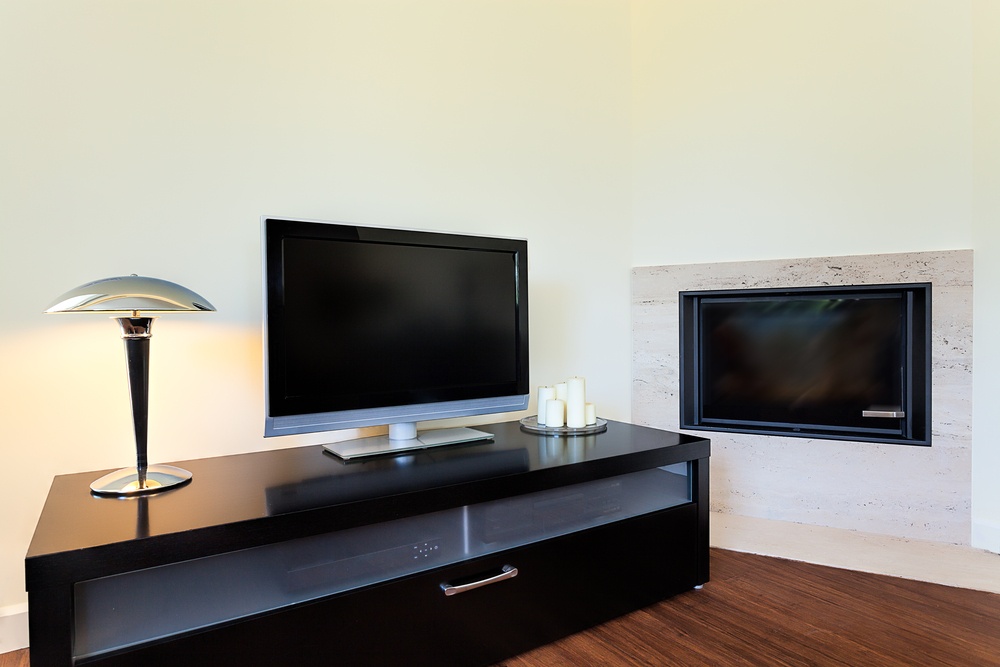
Careful packing is required for all electronics. If you've kept the owner's manual that came with each device, check the section on moving and packing.
Speakers:
For large speakers, wrap each in anti-static bubble-wrap and ask the moving company to secure padding on top. If you're moving yourself, padding can be rented from moving companies or the truck rental agency.
For small speakers, wrap them in anti-static bubble-wrap and place them in a well-protected box such as a dish pack which is well padded.
When packing any electronic item, consult the manual first for moving directions. We advise you to pack your electronics in the original boxes they came in, but you can also purchase specialty electronics boxes from most household movers. If neither option is available, a simple, sturdy box will do fine.
Supplies needed:
- Twist-ties
- Boxes
- Anti-static packing material
- Packing tape
Instructions:
- Remove any media (DVDs, CDs, etc.) from the equipment you are packing.
- Unplug your electronics and wipe them to remove dust.
- Wrap the wires, following their natural curve. Secure with twist-ties and label if necessary.
- Line the bottom of your box with anti-static packing material.
- Pack your largest electronic item in the box first. Fill any empty spots beside the item with anti-static packing material and line the top to create a buffer.
- Place smaller electronic items on top and continue to fill gaps with packing material. Your goal is to prevent rattling or shifting during the move.
- Close and seal the box. Mark it “FRAGILE” and designate which side is up.
Remote Controls.
You can either pack remote controls all together in a box labeled “Remote Controls,” or you can pack them in the boxes with their related equipment -- whichever system makes more sense to you.

Television.
Some large TVs, such as big screen or plasma television sets, will need to be crated in advance of moving day. Be sure to let your moving company representative know if you have this type of TV.
Cancel your cable service and return the converter box (if you have one) before moving. Contact the cable provider in your destination to arrange cable service in your new home.
In your new home, be sure to choose a location for your TV that is on a hard surface at least 6 feet from where you normally sit to view it. Don’t place it in an enclosed space without ventilation..
Don’t forget about your external antennas!
Satellite Dish.
As a piece of sensitive equipment, a satellite dish may need to be crated -- which is a service your professional moving company can provide for you. Call your satellite dish distributor for help with disconnecting and disassembling your satellite dish.
Cords and Cables.
Cables and power cords all start to look alike after a long move. Clearly label them so you’ll know what goes where, and pack cords and cables in the same box as the electronic equipment they go to.
7. TV Cabinet.
If your cabinet has glass doors, try to remove them before moving. If this is not possible, secure them well so they don't open during the move. The moving company may want to wrap the cabinet in padding before loading it on the truck.
8. Coffee and End Tables.
If your items have doors or drawers, make sure they are secured. Corners can be protected from bumps using cardboard protectors available from the moving company or rental agency.
9. Rugs.
You may want to have your rugs professionally cleaned before you move them. Roll rugs then secure them with plastic ties, and then place them in large, plastic bags.
 Your
moving
company
or moving
supply
store can provide
you with
bags
that are large
enough to
accommodate
your rugs. If in
doubt, have the
moving
company pack your
more expensive
area
rugs.
Your
moving
company
or moving
supply
store can provide
you with
bags
that are large
enough to
accommodate
your rugs. If in
doubt, have the
moving
company pack your
more expensive
area
rugs.
10. Pianos.
Pianos need to be moved by a special mover to ensure they aren't damaged during transition. If you're moving yourself, find out how to move a piano without injuring yourself. Also note that once you've moved into your new home, the piano will have to be professionally tuned.

All pianos are pad-wrapped to keep the surface safe from scratches and dents.
11. Furniture.
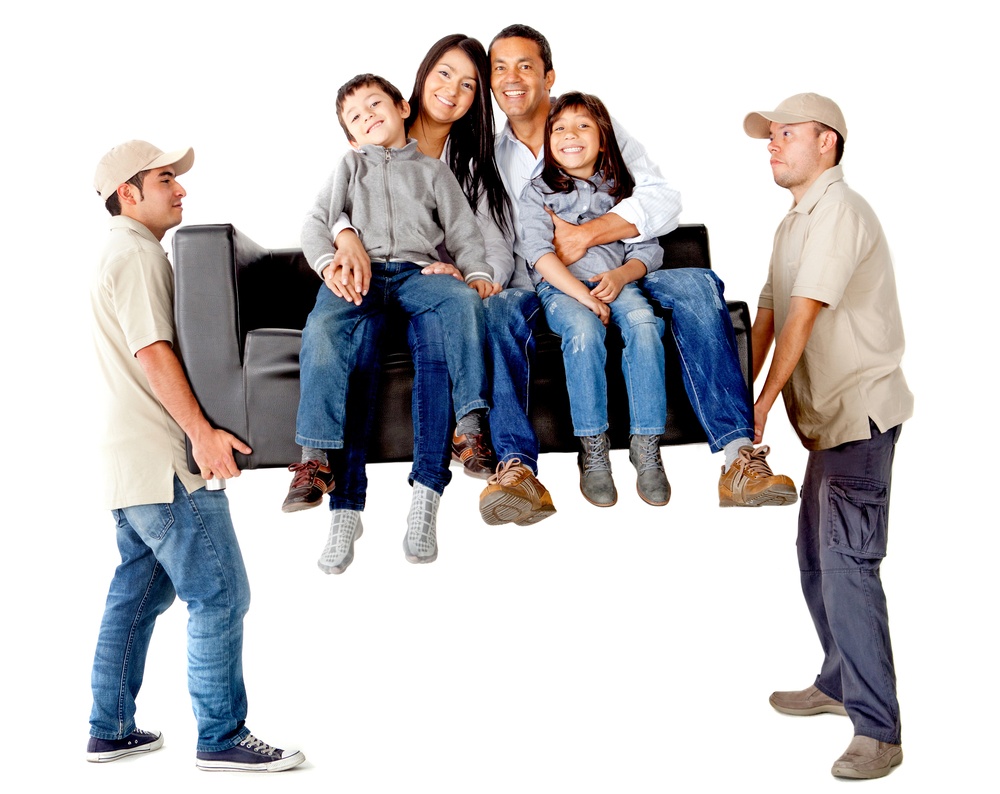
Your professional movers will shrink wrap your large, upholstered items to keep them safe during your move, but you should talk to your Relocation Consultant in advance about any leather furniture items you may have. Couch cushions and pillows can be packed in large moving boxes, and the corners of your tables can be protected with cardboard pieces.
12. Books.
Books should be packed either flat or with the spine at the bottom of the moving carton -- not spine-up, because that can damage the binding.
Books of the same general size should be packed together in small book cartons.
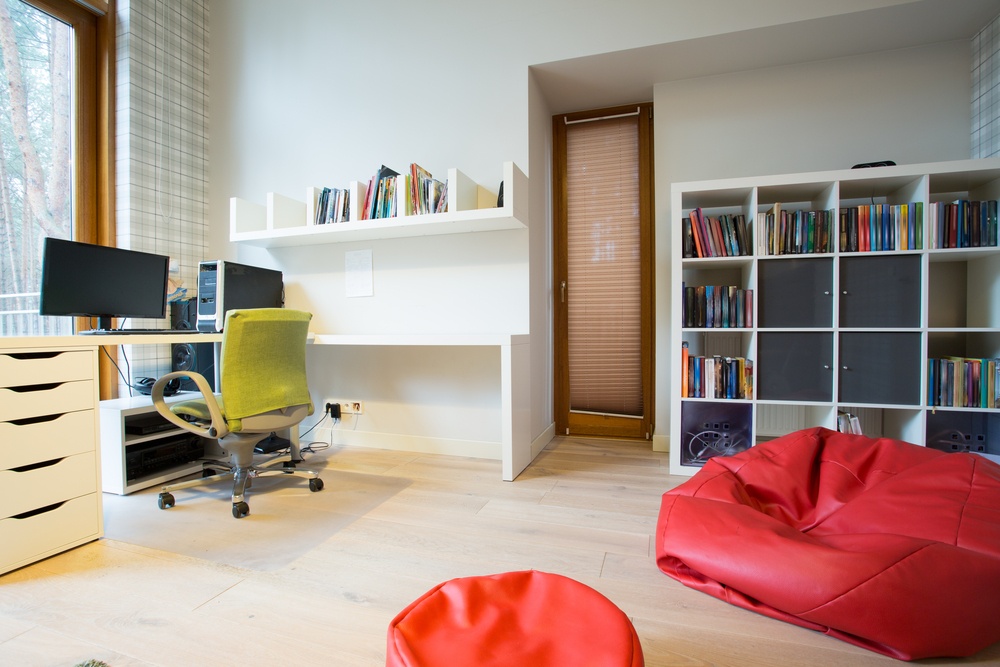
Individually wrap books that are valuable to you before packing them, whether because they are antique, expensively bound or have sentimental value.
13. Photographs.
Depending on how rare or irreplaceable your family photos, videos, negatives and slides are, you might want to carry them with you when you move instead of having them packed on the truck -- and all the more so in hot weather or a humid climate.
Stand framed photos on edge in the packing carton and protect them with padding.
Label moving cartons of photographs and videos for easy identification.
14. Silk or Artificial Flowers.
Use separate moving cartons labeled “FRAGILE - THIS SIDE UP” to pack arrangements of silk or other artificial flowers to keep them from being damaged. Wrap them in tissue paper, paper towels or plastic wrap, and fasten the base to the bottom of the moving carton if you can
15. Pool Table.
Pool tables generally require disassembly and crating that your moving company does not provide, so you may need to arrange to have that done by a third party. A store that sells pool tables can tell you where to get this assistance. Crating is a possibility with slate. Read our post on Moving a Pool Table. Should You Hire Help?

Once at your destination, you’ll need to make arrangements to un-crate, reassemble and level the pool table.
Why move with Victory Van?
You might be overwhelmed by the amount of work to be done when parking. You don’t have to be!
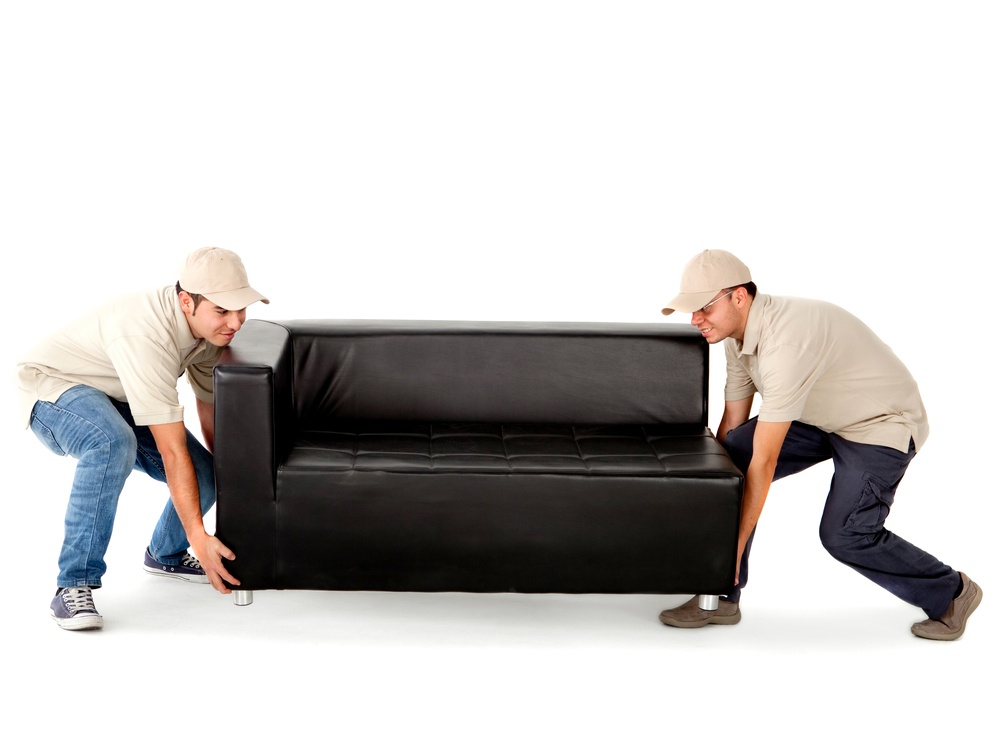
Our professional experts here at Victory Van Cooperation will help to make your move stress free.
We take pride in providing all our clients with our top of the line, moving, packing and storing services and our relocation Consultants are always on hand to answer any questions and give any direction needed.
Just contact us and we’ll take care of all your valuable gadgets equipment.
Call us today at 1-800-572-3131 or click below for your free online moving quote.




